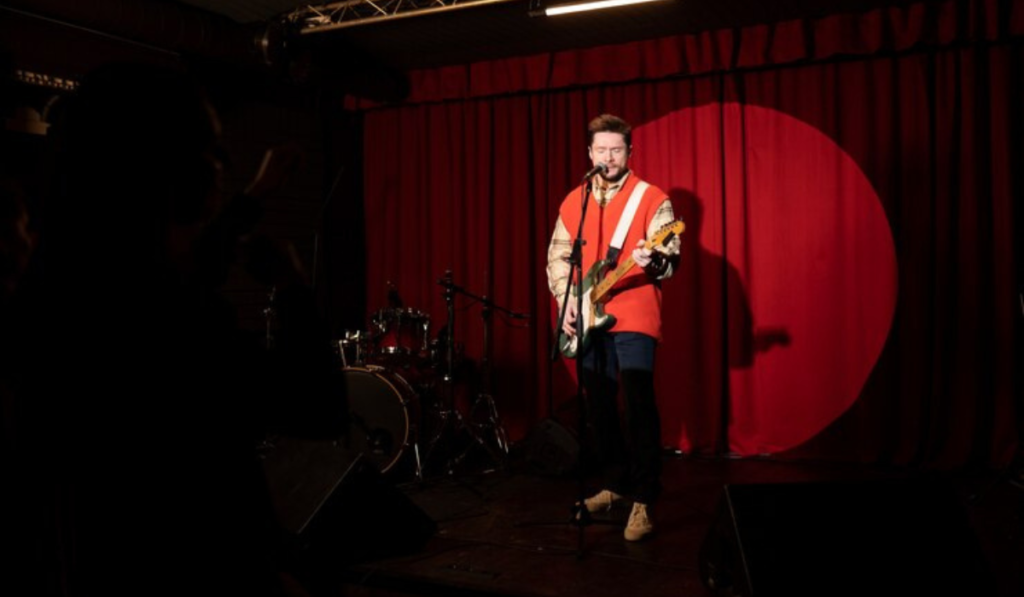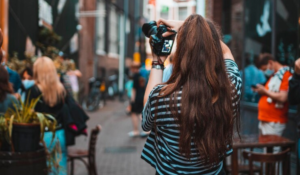Concert Photography: A Complete Guide

Concert photography is a fascinating niche in the field of photography. It offers unique challenges and rewards to those who love to capture the essence and energy of live music performances. This comprehensive guide is for anyone who wants to succeed in concert photography, whether they are a new photographer or an experienced pro. It will give you valuable tips and insights to help you achieve success.
1. Start small:
Start your concert photography journey by practicing at local venues. There are few restrictions and many bands will allow photographers to capture their performances. You can improve your photography skills, create a portfolio and make connections in the local music scene.
2. Equipment:
Invest in equipment that is suitable for low light conditions. This includes lenses with large apertures (f/2.8 and better), extra batteries and memory cards with high speed. Earplugs can also be used to protect your hearing when attending loud concerts. This will ensure your safety as well as your ability to capture great photos.
3. What to Remember
Prepare to quickly adjust your camera settings to accommodate changing lighting conditions. This will allow you to capture performers moving effectively. To minimize motion blur and track moving objects, shutter speeds of at least 1/125 second are recommended. In difficult lighting conditions, consider switching to manual focusing.
4. Composition:
Try different compositions when capturing the excitement and atmosphere of live concerts. Wide shots can capture the excitement of the crowd, and the venue. Close-ups can show the intensity of each performance. Consider incorporating stage effects such as pyrotechnics in your photos to add impact.
5. Measuring and Exposure
Spot metering is a good way to get accurate exposures, especially when there are extreme contrasts in lighting. To ensure accurate metering, pay attention to the areas that are highlighted by the artist and adjust your settings to create well-balanced photos.
6. Big Names In Big Venues:
To transition to larger venues or secure photo passes, you may need to network with band managers, venue owners, and publications. To access exclusive opportunities, be proactive about showcasing your talent, offering your service, and building relationships with industry professionals.
7. The paperwork:
You may be required to sign a photography release that outlines the conditions and terms for photographing an event. Be sure to check any restrictions such as only shooting during the first 3 songs and comply with venue and artist requirements.
8. It’s time to shoot the show:
Wear your photopass visibly, and be ready to shoot in designated areas like the pit behind the stage. Be aware of other photographers, as well as potential hazards such as cables. This will ensure your safety and quality of shots.
9. Etiquette and adaptability:
Be familiar with the etiquette of concert photography, which includes respecting other people’s space, adhering venue rules and maintaining professionalism. Be flexible to adapt to changes in conditions and access. This will help you capture the best images possible under any circumstance.
10. Realistic and Enjoyable:
It’s important to keep your expectations in check and concentrate on the task at hand. Concert photography can be both exciting and rewarding. Enjoy the chance to tell stories and capture unforgettable moments through your photographs, while balancing the passion you have for photography with your realistic understanding of challenges.
Photographing concerts casually versus professionally:
Both casual and professional concert photography require different levels of commitment, dedication, and skill. Casual photographers might focus on capturing memories for personal use or to share on social media. Professional photographers, on the other hand, adhere to industry standards and obtain credentials in order deliver high-quality photographs.
Concert photography is a fascinating blend of technical skills, storytelling, and artistry. It’s a rewarding endeavor for photographers at all levels. You can improve your photography by following the guidelines and tips in this guide, and by embracing the challenges that live music photography presents.



